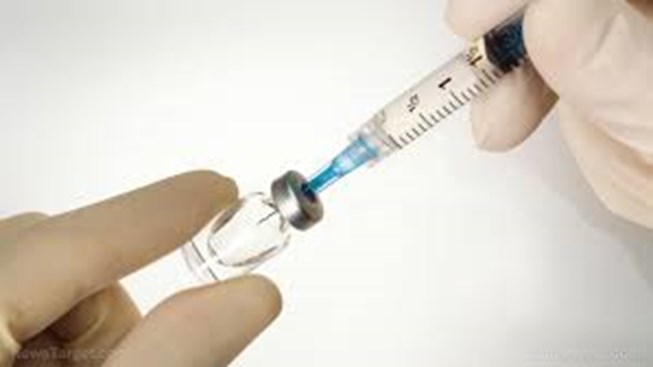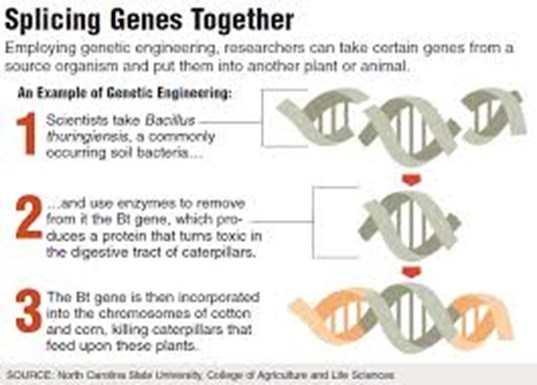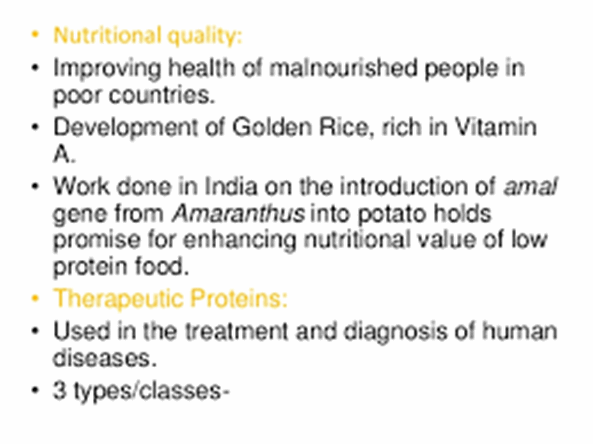
The idea of vaccines to protect plants from pathogens has kicked around in agribusiness for decades without much result. But it has moved closer to reality in recent years as research has demonstrated that it’s possible to tweak a natural genetic messenger to target specific crop pathogens. Double-stranded RNA (or dsRNA) is a key activator of the immune system in plants and many other organisms.
Novel technique that could potentially replace chemical pesticides with a natural “vaccine” for crops, it sounded too good to be true. Too good partly because agriculture is complicated, and novel technologies that sound brilliant in the laboratory often fail to deliver in the field. And too good because agriculture’s “Green Revolution” faith in fertilizers, fungicides, herbicides, and other agribusiness inputs has proved largely unshakable up to now, regardless of the effects on public health or the environment.

In this era of Smart Agriculture, the emerging technologies — including plant vaccines, gene editing (as distinct from genetic engineering), and manipulation of plant-microbe partnerships — hold out the tantalizing promise that it may yet be possible to farm more sustainably and boost yields at the same time.
In view of the increase in the population 2050 worldwide , there’s little choice this time but to deliver on that promise, because of the need to feed 10 billion people later in this century and to do so on a limited land area and in spite of unpredictable climate change.

The modern era research uses genetic engineering to modify this natural defense system — resulting, for instance, in a new cotton cultivar with dsRNA targeting plant-sucking insects that have become a pest in China.
Genetic engineering has, however, faced technological and regulatory limits reducing its ability to respond quickly to an emerging pathogen and it can also be unpopular with the public, especially in food crops. A study published last month in Plant Biotechnology Journal instead proposes a method to take pathogen from a crop, sequence it in the lab, and quickly produce dsRNA with a long nucleotide sequence specifically targeting that pathogen.

Bacterial fermentation chambers could then rapidly produce enough of that targeted dsRNA to spray on crops. According to a Senior author Manfred Heinlein, a plant molecular biologist at the French National Center for Scientific Research, estimates that the process could move from identification of a new pathogen to commercial application of a targeted spray in six months or less.
In contrast to chemical pesticides, Heinlein and his co-authors write, “dsRNA agents are biocompatible and biodegradable compounds that are part of nature and occur ubiquitously inside and outside organisms as well as in food.” Because the targeted dsRNA matches a long nucleotide sequence in the pathogen, it remains effective up to a point even as parts of that sequence in the pathogen mutate. So it’s unlikely to face the evolved resistance that typically renders chemical treatments ineffective.
Chander Mohan
Krishi Jagran/New Delhi










